Verve capitalizes on the PET trend with on-device cohort-based targeting
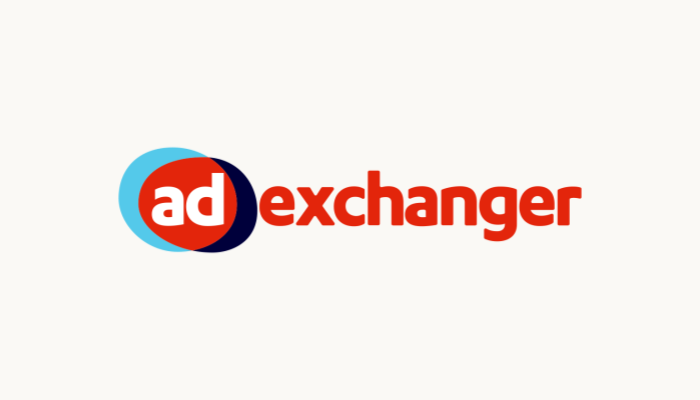
In the news: App developers and their ad tech partners have been attempting to mitigate the impact of ATT on iOS addressability and measurement. Verve was early out of the gate with its release of an alternative targeting solution, now called ATOM 3.0 (or Anonymized Targeting on Mobile). ATOM 3.0 uses on-device and contextual signals to aggregate audience cohorts without relying on user-level identifiers, such as the IDFA.
No ID, no problem: 5 ways advertisers can own targeting outcomes on mobile
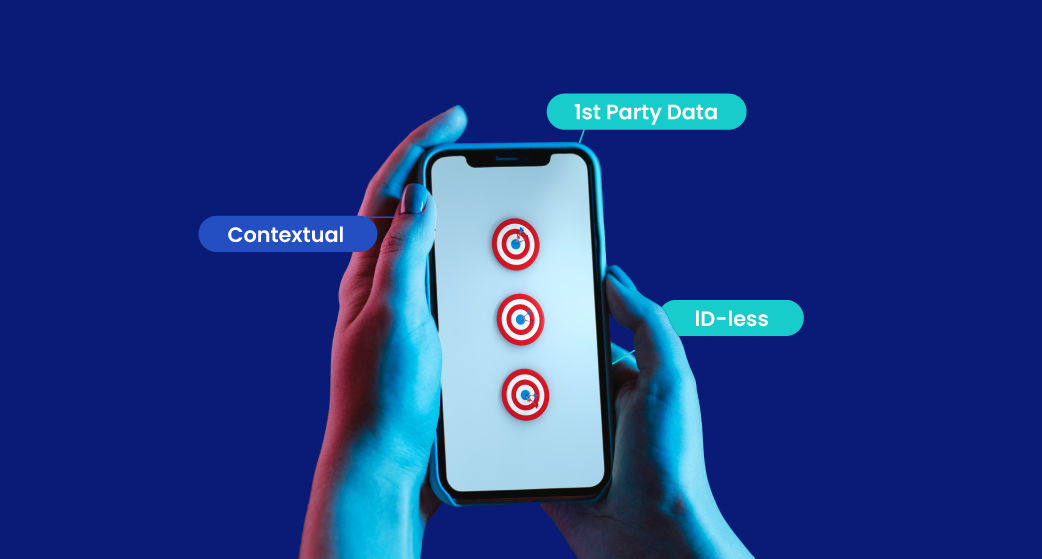
Will mobile targeting without cookies ever work as well as the good old days? Marketers are facing formidable challenges when advertising to mobile users. On iOS, they’re contending with Apple’s App Tracking Transparency (ATT) — this prevents tracking, drastically limiting ad attribution when consumers opt out of mobile identifiers (IDFA). Then they face third-party cookie deprecation on Chrome and Safari.
How advertisers can drive mobile performance after iOS Privacy Manifest enforcement

It’s official: Apple will begin to enforce privacy manifests on May 1, 2024. Apple’s new policy will shake up mobile app marketing in particular, because privacy manifests serve Apple’s end goal of restricting probabilistic attribution and ending fingerprinting.
Measurement: Closing the identity loop

As the digital ecosystem shifts to privacy-first technologies and approaches, measurement tactics that rely on identifiers will evolve or disappear. Many marketers worry about what that will mean for the precision of their measurement and attribution — and, no doubt, the marketplace is shifting. But where are we headed?
How Dataseat’s in-app user acquisition platform signals a future without identifiers
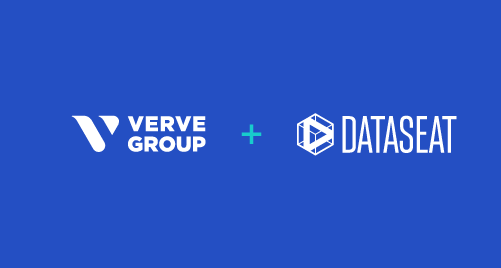
“…It’s one thing to hear the issues; it’s another thing to do something about them. And it’s yet another thing, entirely, to have someone on your team…who predicted that they would happen and started doing something about it.”
Now that publishers and advertisers are using ATOM, what have we learned — and what lies ahead?
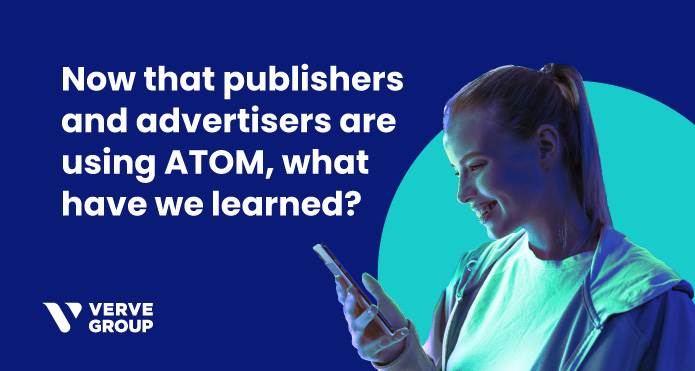
In 2021, Verve launched Anonymized Targeting on Mobile — ATOM. In response to GDPR and Apple’s new privacy strategy on iOS, ATOM was designed with the intent of providing a mobile-first advertising solution focused on machine-modeled behavioral and first-party contextual data. With ATOM, publishers can continue to show relevant ads to their users and offer advertisers to accurately reach their target audiences without IDFA. Now that ATOM has moved on from being our baby to being an ad-tech toddler, we have already recognized several accomplishments, milestones, perspectives and learnings. Mindsets are changing While Google recently announced (again) that cookies won’t crumble just yet, ATOM has proven to publishers and advertisers, alike, the necessity to adapt to a world without identifiers. Consumers have more control, choosing what kind of data is collected and for which purposes–not only under GDPR standards, but if they use an iOS device, for global standardization. Not using IDs for addressing the right audiences is now considered common practice by most advertisers. This is necessary, as 72% of iOS traffic hitting Verve’s mobile ad exchange is currently sent without an ID. Budgets are shifting While acceptance and adoption of ID-less solutions has surged, some brands have chosen the “easy route” by shifting budgets to Android. By nature, brands operating in verticals like automotive with little access to their own first-party data will rely on third parties to fill that gap (see our Media Planner’s Strategy Guide for more details). However, chasing IDs is not going to last in the long run, and most brands might not even need targeting granularity down to a specific user. Yet, maintaining addressability remains key. And alternative solutions that offer solutions at scale for segment- or cohort-based targeting such as ATOM will deliver the same — if not better — results for brand campaigns. In addition to that, these new approaches also offer improvements to other factors such as taking into consideration the environments in which brands place their ads, as well. Brand safety is a big concern with modern day marketing — one which Verve’s Moments.AI™ tackles by identifying threats and qualifying content in real time. Performance measurement is calling Now that advertisers have adopted alternative targeting strategies, voices for measurement and attribution without IDs are becoming louder. How can ad performance be measured without identifiers? There are a variety of ID-less measurement options to consider. – Media Mix Modeling Media mix modeling is a statistical method based on an extensive set of historical data. This method is great for forecasting, but has its weakness when it comes to measuring the impact of advertising for a product launch when no historical data has been recorded. To inform media mix modeling, campaigns are often turned off entirely to arrive at a baseline for measurement. However, this practice of turning off any marketing activity entirely is often not feasible for advertisers. – Incrementality Incrementality studies can range from “simple” A/B testing to testing by geography (e.g., promoting a product launch in one region while letting it run by itself in another). These options, however, become complex when many different messages are being tested in parallel.Marketing impact can also be measured without identifiers in consumer surveys or panels. This method can grant insights into consumer demographics, share of voice, purchase intent, and more. However, results rely on active survey or panel participation. An automated algorithmic based approach to incrementality is casual inference. By adding all possible factors to the equation, these models can granularly analyze which marketing activity leads to an increase in conversion results, and which marketing practice might lead to cannibalization. – Cohort-based measurement. Cohort-based measurement finds its application with solutions such as data clean rooms or contextual advertising. While data-clean rooms bundle different advertisers’ and publishers’ user data within a black box, any participant can easily send queries to retrieve cohort-based insights. At Verve, we create lookalike cohorts for traditional ad campaigns, based on the context into which an ad is embedded. By taking into consideration the environment in which high propensity audiences are navigating, we can add the brand safety factor back into the picture. Running a campaign for trailblazers for a major international tech company, we found a 300% uplift in CTR and a decrease of 96% in brand safety risk when targeting against contextual audiences, compared to traditional campaigns. An assortment of different levers, from brand safety risk to recency score help us optimize our campaigns, we can tailor any campaign towards the right target audiences. And we are not stopping here. What’s next? Verve sees a world without identifiers as being the norm instead of the exception. Above all else, the people who comprise Verve are focused on sharing new and exciting ways to show where and how a world without identifiers will span across various operating systems and environments to enable anonymized behavioral targeting and measurement. If you are interested in learning more about our contextual and ID-less capabilities, reach out to us.
It’s time to spring clean your programmatic media plan: Here’s how

Programmatic media-buying might not be new, but the landscape in which media planners operate is always evolving—and never before has the pace of change moved at the rate it does today. Today’s planners are tasked with creating media plans in a digital landscape that has not only undergone significant changes in the past few years, but also one that is poised for more changes in the near term, as Google phases out third-party cookies in Chrome and other identifiers disappear (and emerge) within the digital media landscape. We’re only a few months into the new year, but already we’re seeing a lot of changes on the horizon. And if you’re a media planner, you’re ALWAYS looking at how to make a good plan better. Let’s take a look at the key considerations marketers need to keep in mind while optimizing their programmatic media plans. New digital touchpoints are becoming accessible As marketers are well aware, today’s consumers do not operate in or focus on one specific channel or touchpoint. They’re everywhere across digital and physical media, and they don’t distinguish their experiences based on channel or environment. It’s all one seamless media experience as far as they’re concerned. In this reality, marketers need to maximize value across the digital landscape and connect with their audiences in an omnichannel environment. Particularly in 2022, this means extending campaigns to new and emerging channels such as CTV and digital out-of-home (DOOH), both of which are becoming increasingly programmatic — and, thus, easier to tie into the broader omnichannel experience. But it also means beginning to think about how your strategy will translate to the hottest emerging opportunity in the market right now – gaming. The recent flurry of acquisitions in the ad tech and gaming space is going to transform the advertising landscape in the coming years, and today’s marketers need to be accounting for this shift in their current planning. For our part, Verve is currently the sole platform positioned to unlock cross-channel connections between gaming and CTV audiences. In conjunction with parent company Media and Games Invest (MGI) and its gaming segment gamigo group, Verve recently unveiled the results of a first-of-its kind pilot program that unlocked previously untapped gaming console audiences for re-engagement on connected TV (CTV). The pilot program’s gaming campaign saw 34% lower CPMs than on other available channels and a 12-fold higher conversion rate. These results demonstrate the effectiveness of CTV re-engagement of gamers for brands looking to effectively market their products to an ever-growing cord-cutting audience. More prominently, the success of the campaign showcases the ability of CTV to offer high attention ad units to capture interest from a specific audience, while increasing brand awareness to align with a broader omnichannel marketing strategy. Have you thought about how consumers’ paths to purchase have REALLY shifted? As we’re all well aware at this point, the global pandemic has greatly affected consumer consumption in countless ways. Behavior shifts have occurred at a macro level, and such shifts are sending ripples throughout the purchase funnel. In other words, as consumer behaviors evolve, their path-to-purchase shifts, too. Consumers are seeking distraction (as well as transaction) in mobile apps more than ever. They’ve increased their hours spent on CTV, and they’re redefining the role of in-store shopping experiences within their daily lives. These shifts have major implications for media plans. You think you know your core consumer? Think again. You need to get back in touch. In 2022, take the time to rework your buying personas and identify new target audiences. Mobile ad format performance cycles heavily influence campaign outcomes It’s no longer a question of which mobile ad format to choose, but rather a function of the right mix and timing. Both display and video provide unique benefits to brands and should be leveraged toward their strengths. When setting up your mobile advertising campaigns, be aware of the various performance peaks of different mobile ad formats. By coordinating the timing of the various elements of your campaign according to peak performance, as well as your goals, you can maximize ROI across all tactics. Emerging content categories present opportunities For both mobile and CTV, the question for advertisers is no longer whether to advertise in these channels. It’s how to advertise in them. While mobile and CTV are well established, specific content categories are still under-leveraged. For the right brands with the right approach, the ROI opportunity is tremendous. Verve has discovered content categories that offer low eCPMs but high revenue potential. In 2022, consider shifting your budget to discover new areas promising high return on ad spend. The sunset of identifiers will move the goalposts Finally, advertisers in 2022 can’t afford to ignore the ongoing shifts in the consumer identity landscape. Insights from Apple’s IDFA are rare these days, and Google Chrome’s cookie deprecation is around the corner. This year, it’s time for advertisers to stop wasting time and start testing alternative targeting strategies. For a guide to the short-term, medium-term and long-term steps you should take to ensure addressability in a consumer-first future, check out this article from Verve Co-CEO Sameer Sondhi. Verve is committed to helping marketers navigate the ever-evolving media buying landscape as the industry moves toward a programmatic future driven by ID-less targeting. Learn more by downloading our “2022 Media Planner’s Strategy Guide to Mobile and CTV” report here.
Privacy Sandbox on Android: What advertisers need to know
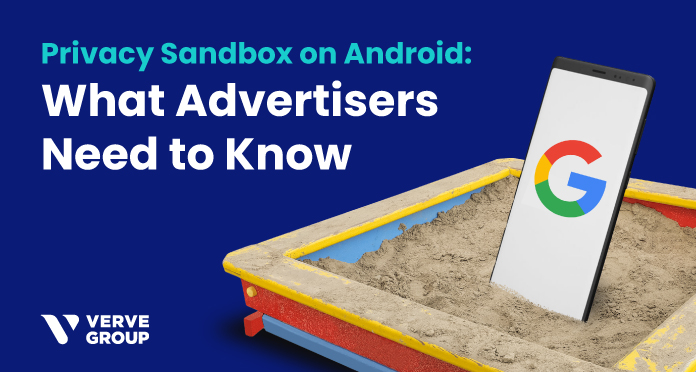
Google’s Privacy Sandbox can impact both publishers and marketers, and it’s time to prepare for an inevitable world without cookies and identifiers.
The State of iOS 14.5+: Why eCPMs on Android are surpassing iOS

We are taking another look at adoption rates of iOS versions 14.5+, IDFA opt-in rates, and the fluctuation of eCPMs on Verve’s mobile exchange.
